This week’s Carnival of Space is hosted by Brian Wang at his Next Big Future blog.
Click here to read Carnival of Space #576
Continue reading “Carnival of Space #576”

Space and astronomy news
This week’s Carnival of Space is hosted by Brian Wang at his Next Big Future blog.
Click here to read Carnival of Space #576
Continue reading “Carnival of Space #576”
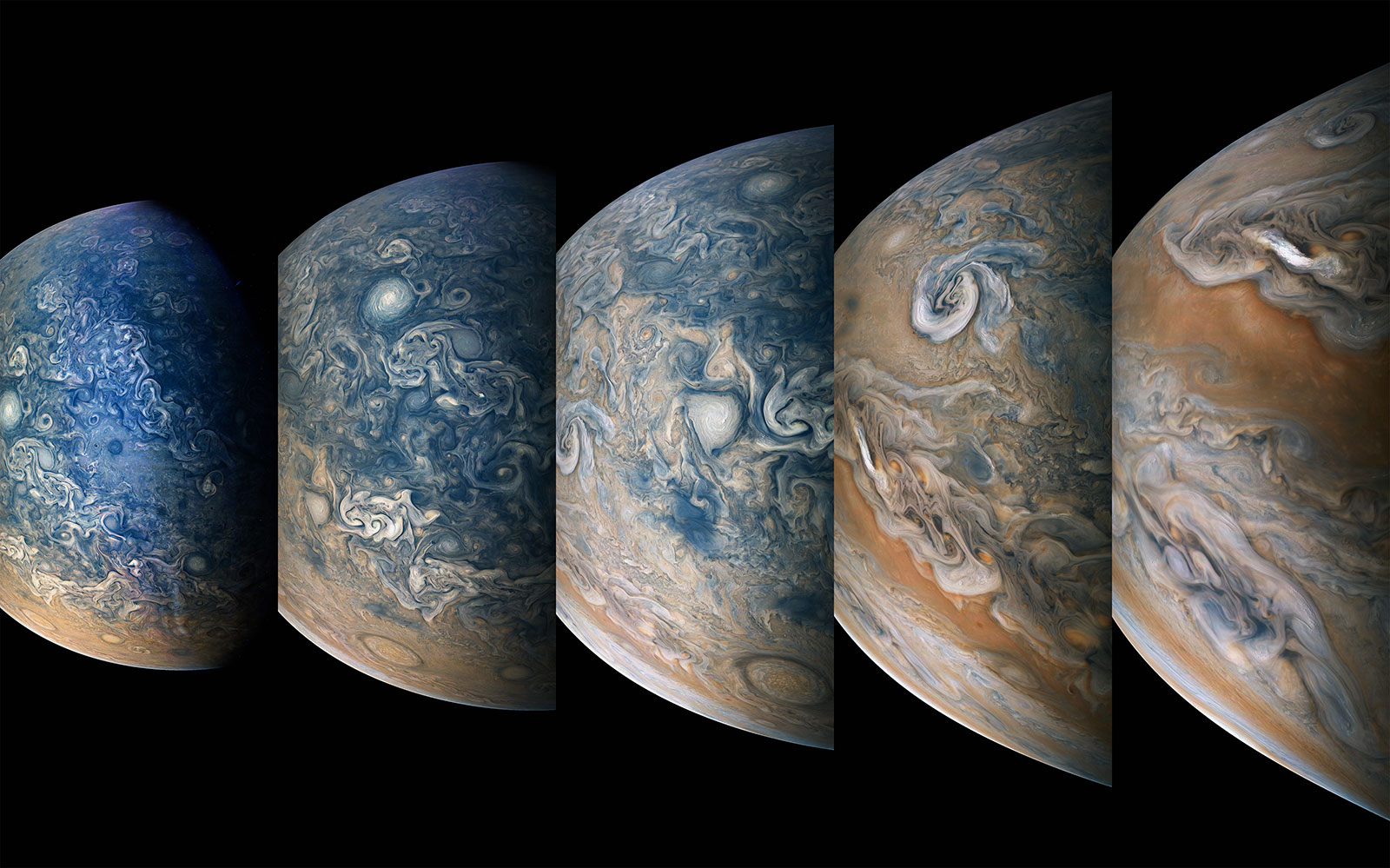
In July of 2016, the Juno spacecraft established orbit around Jupiter, becoming the first spacecraft since the Galileo probe to study the planet directly. Since that time, the probe has been sending back vital information about Jupiter’s atmosphere, magnetic field and weather patterns. With every passing orbit – known as perijoves, which take place every 53 days – the probe has revealed more exciting things about this gas giant.
Continue reading “Another Juno Flyby, Another Amazing Sequence of Images of Jupiter”
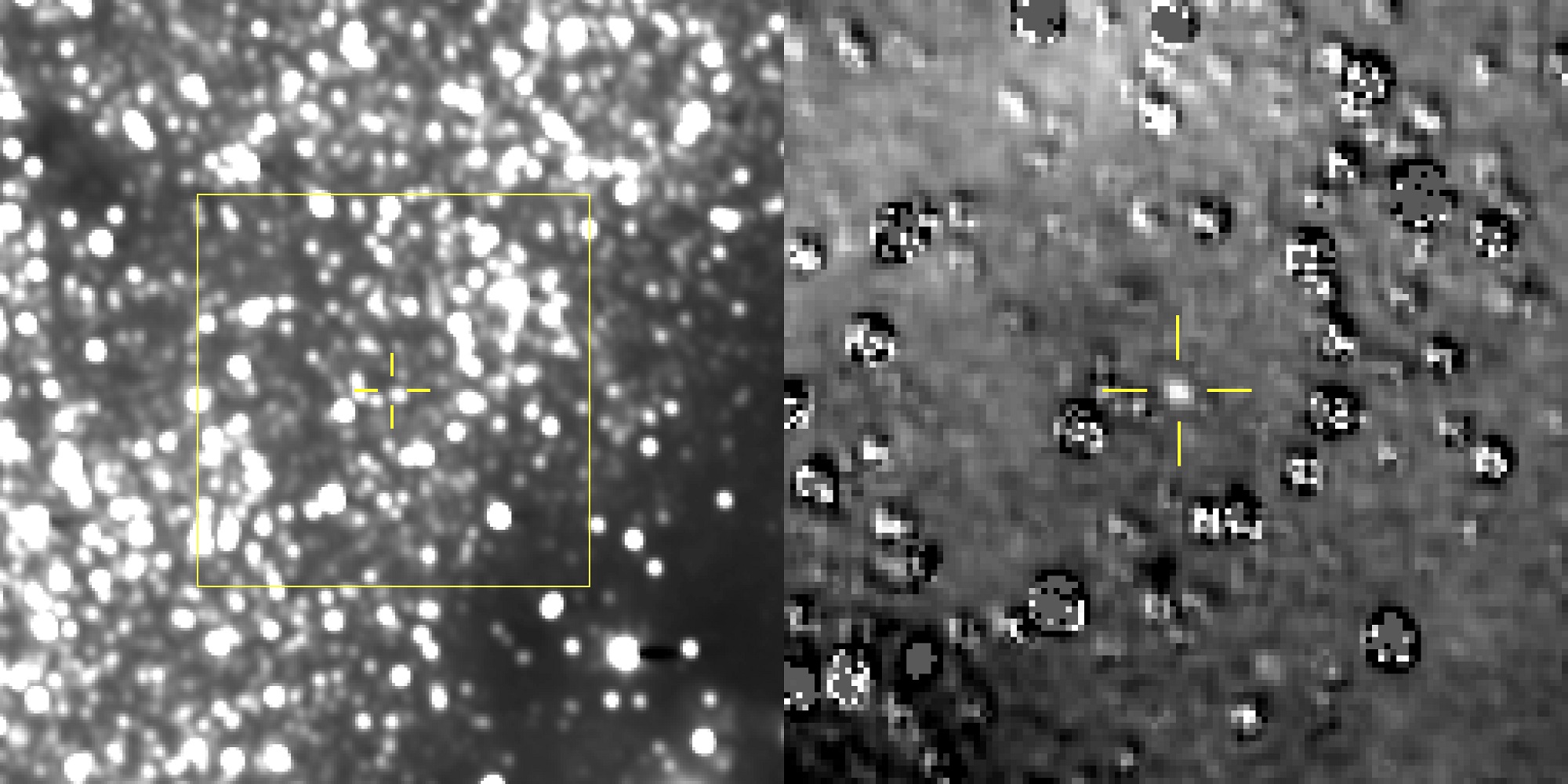
In July of 2015, NASA’s New Horizons mission made history when it became the first spacecraft to conduct a flyby of Pluto. Since that time, the spacecraft’s mission was extended so it could make its way farther into the outer Solar System and become the first spacecraft to explore some Kuiper Belt Objects (KBOs). It’s first objective will be the KBO known as 2014 MU69, which was recently given the nickname “Ultima Thule” (“ultima thoo-lee”).
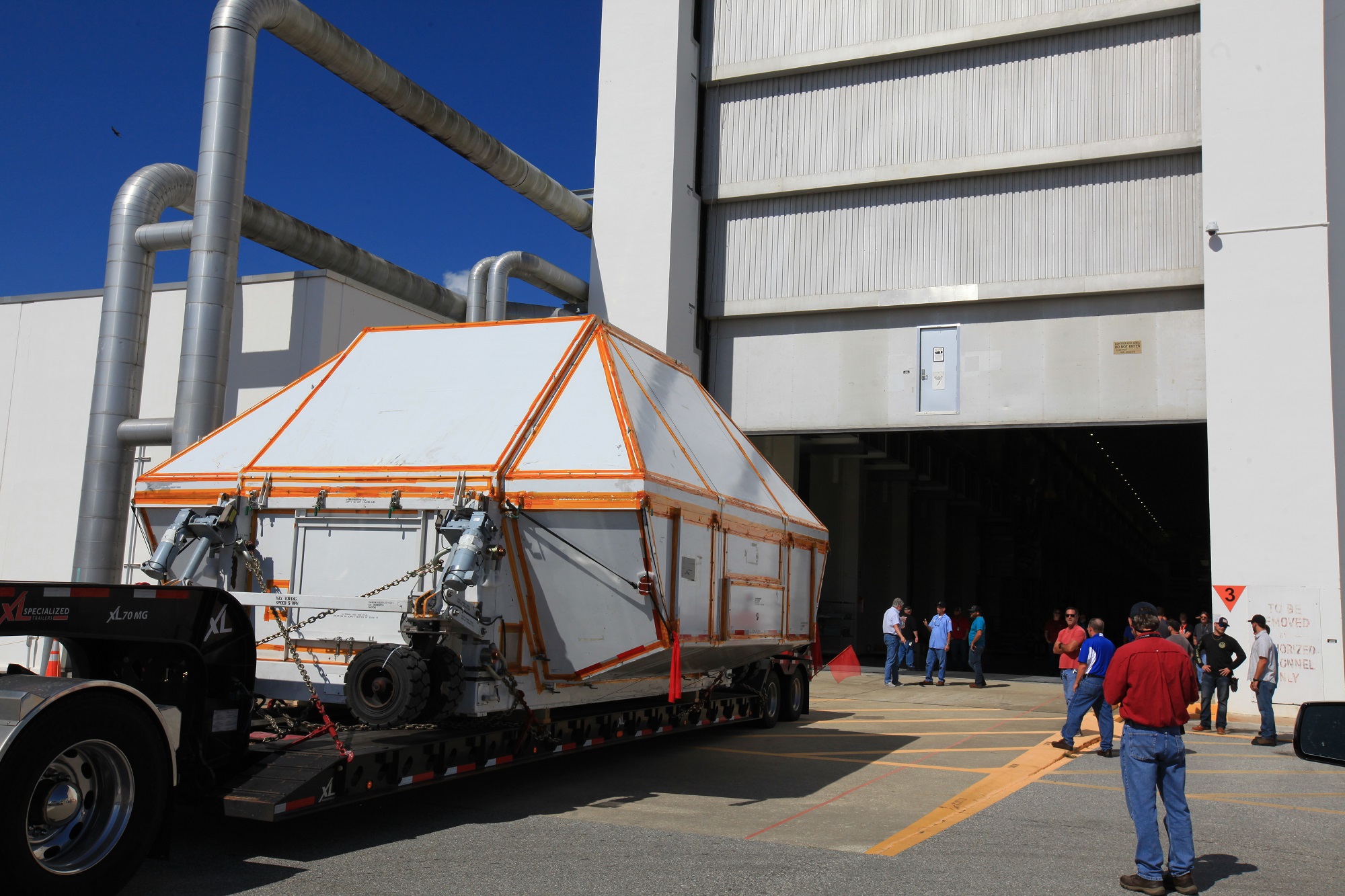
In recent years, NASA has been busy developing the technology and components that will allow astronauts to return to the Moon and conduct the first crewed mission to Mars. These include the Space Launch System (SLS), which will be the most powerful rocket since the Saturn V (which brought the Apollo astronauts to the Moon), and the Orion Multi-Purpose Crew Vehicle (MPCV).


What’s up with the Sun? As we’ve said previous, what the Sun isn’t doing is the big news of 2018 in solar astronomy. Now, the Sun sent us another curveball this past weekend, with the strange tale of growing sunspot AR 2720.
Continue reading “Are We Witnessing the Start of Solar Cycle 25?”
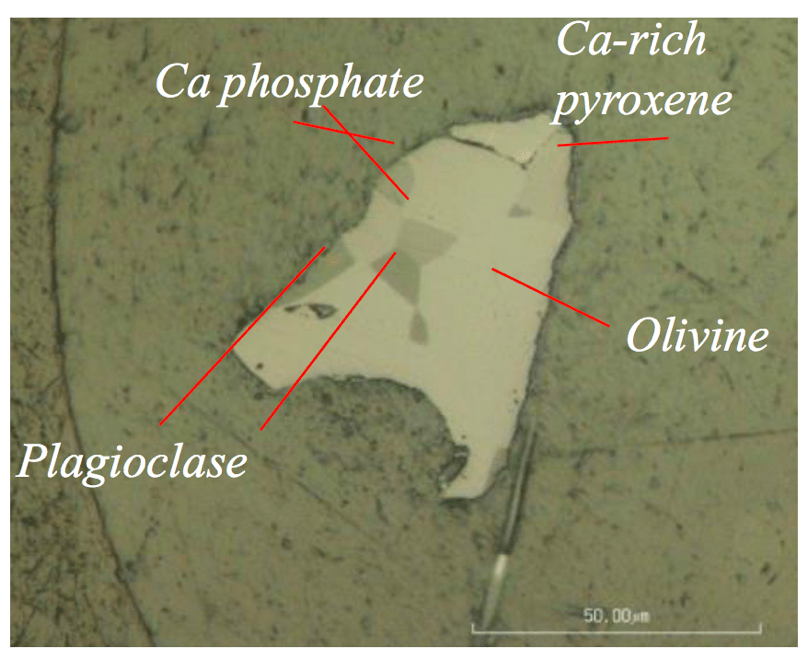
Within Earth’s orbit, there are an estimated eighteen-thousands Near-Earth Asteroids (NEAs), objects whose orbit periodically takes them close to Earth. Because these asteroids sometimes make close flybys to Earth – and have collided with Earth in the past – they are naturally seen as a potential hazard. For this reason, scientists are dedicated to tracking NEAs, as well as studying their origin and evolution.
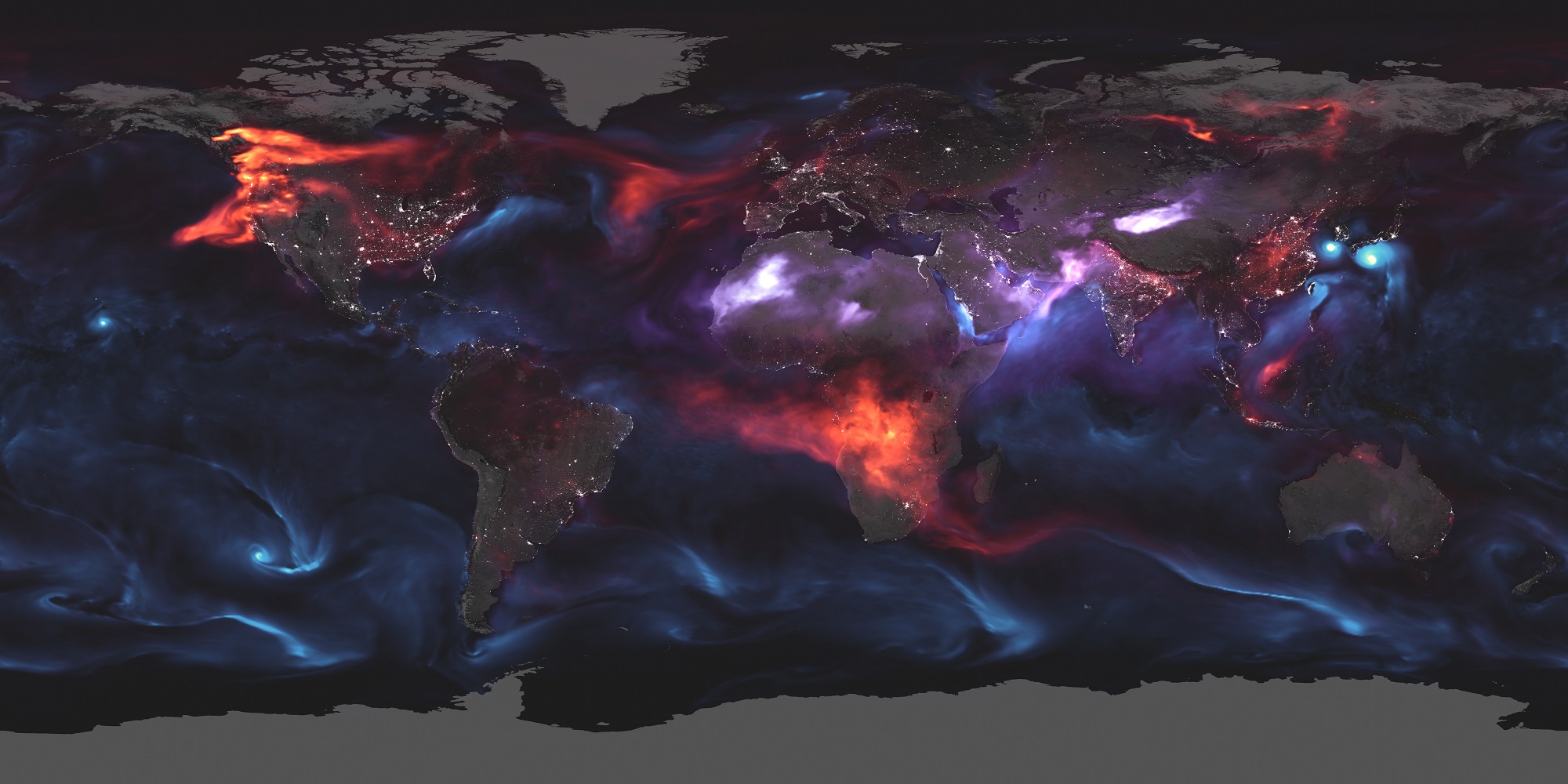
Stand outside and take deep breath. Do you know what you’re breathing? For most people, the answer is simple – air. And air, which is essential to life as we know it, is composed of roughly twenty-percent oxygen gas (O²) and seventy-eight percent nitrogen gas (N²). However, within the remaining one-percent and change are several other trace gases, as well as few other ingredients that are not always healthy.
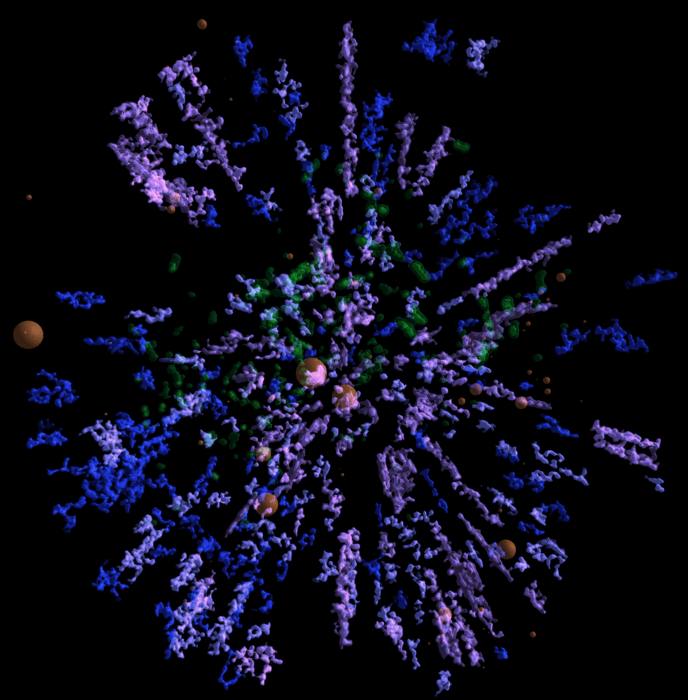
In December of 2013, the European Space Agency (ESA) launched the Gaia mission, a space observatory designed to measure the positions of movements of celestial bodies. Over the course of its five-year mission, this observatory has been studying a total of 1 billion objects – including distant stars, planets, comets, asteroids, quasars, etc. – for the sake of creating the largest and most precise 3D space catalog ever made.
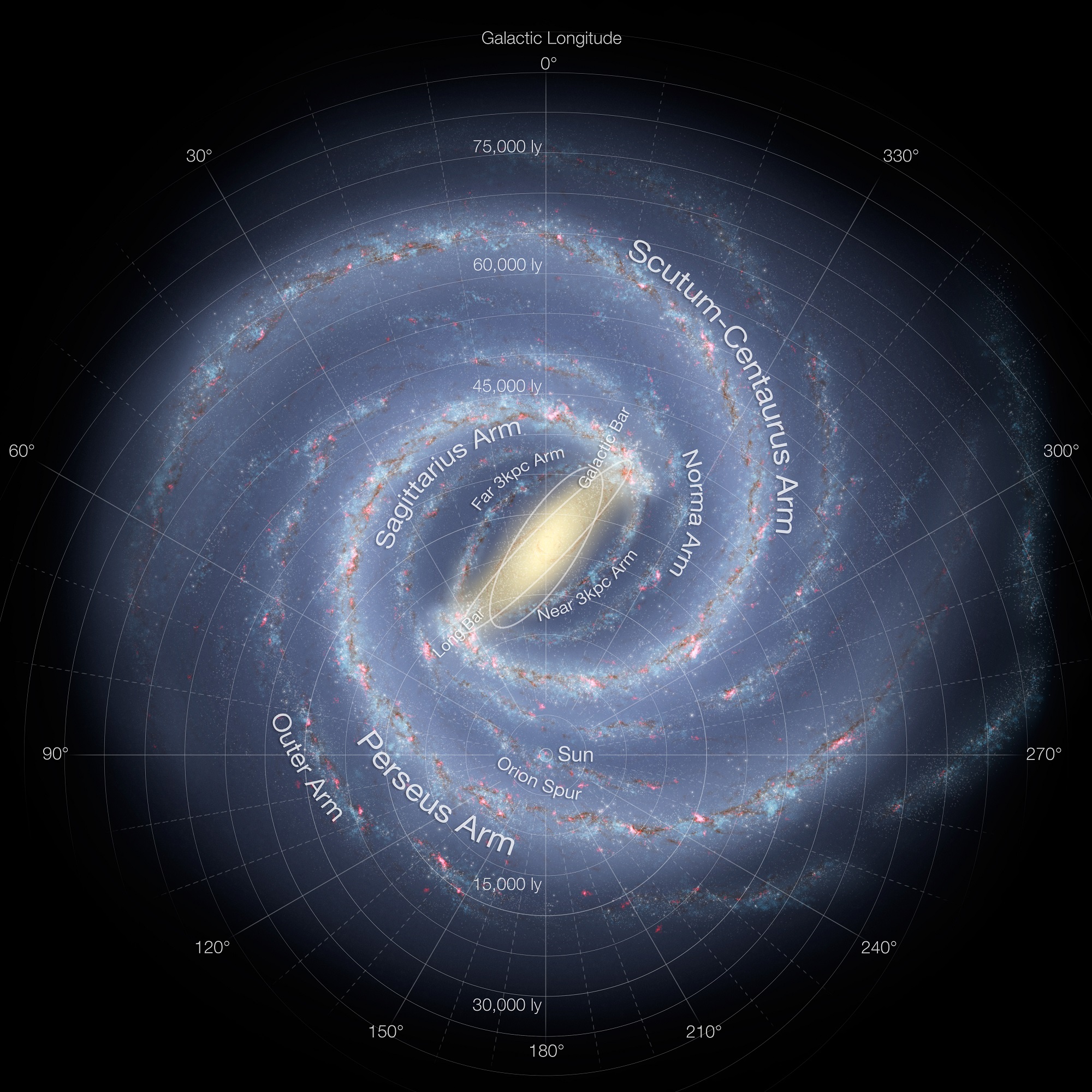
Since the birth of modern astronomy, scientists have sought to determine the full extent of the Milky Way galaxy and learn more about its structure, formation and evolution. According to current theories, it is widely believed that the Milky Way formed shortly after the Big Bang (roughly 13.51 billion years ago). This was the result of the first stars and star clusters coming together, as well as the accretion of gas directly from the Galactic halo.
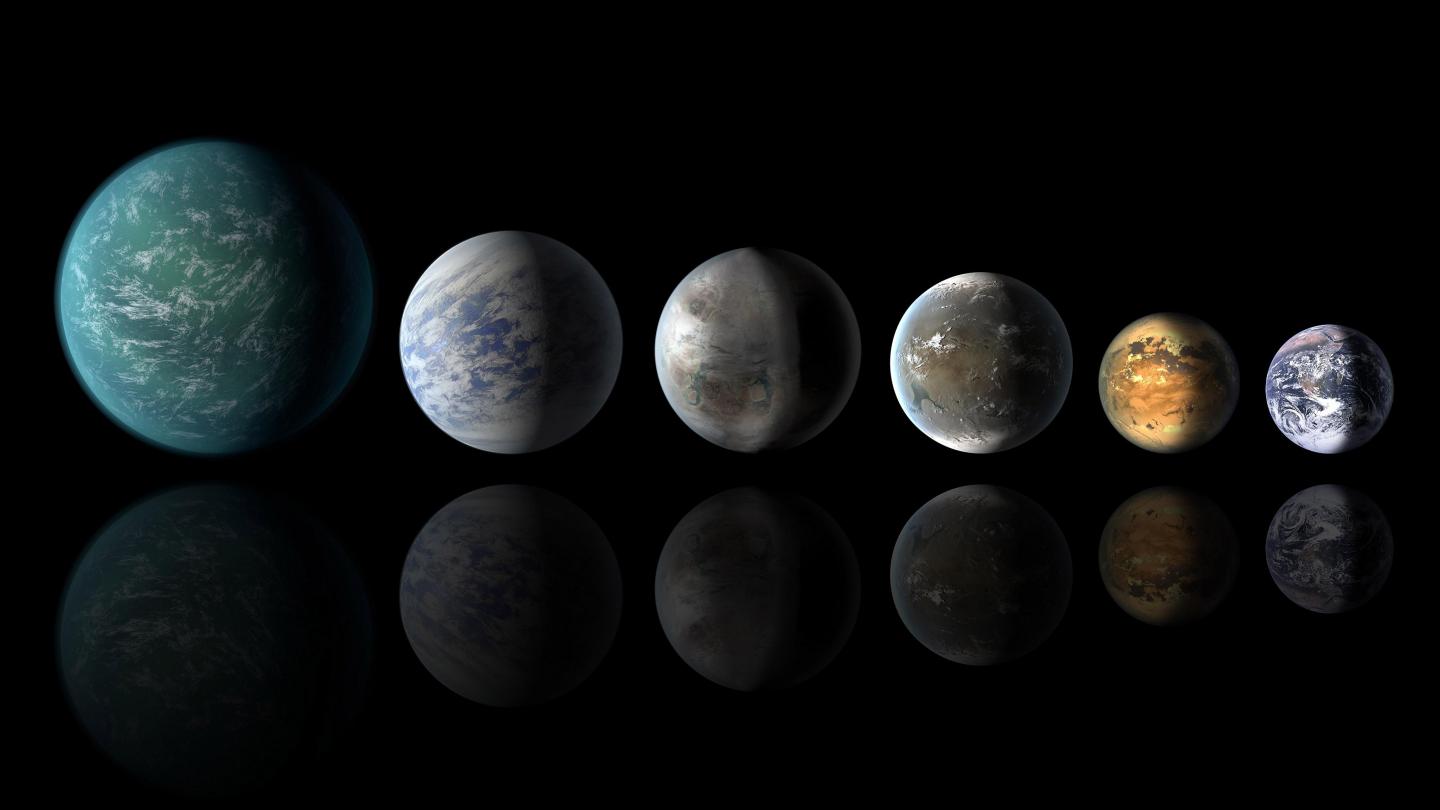
Ever since the first exoplanet was confirmed in 1992, astronomers have found thousands of worlds beyond our Solar System. With more and more discoveries happening all the time, the focus of exoplanet research has begun to slowly shift from exoplanet discovery to exoplanet characterization. Essentially, scientists are now looking to determine the composition of exoplanets to determine whether or not they could support life.
A key part of this process is figuring out how much water exists on exoplanets, which is essential to life as we know it. During a recent scientific conference, a team of scientists presented new research that indicates that water is likely to be a major component of those exoplanets which are between two to four times the size of Earth. These findings will have serious implications when it comes to the search for life beyond our Solar System.
Continue reading “There are so Many Water-Worlds Out There”